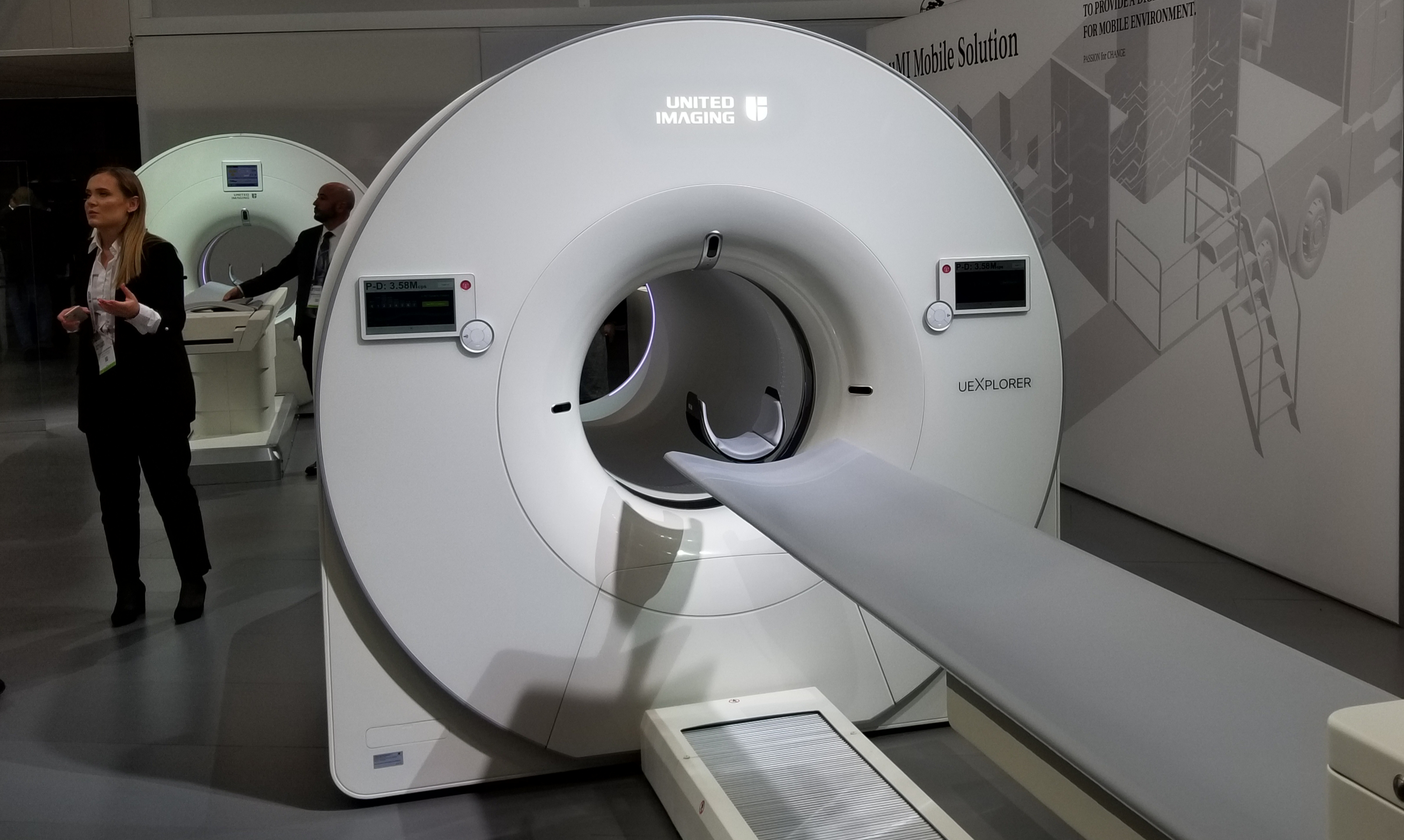
This includes fluoroscopy, x-rays, CT (computed tomography or CAT), Ultrasound, MRI, and GI procedures such as biopsy and fluid and abscess drainage. The radiology subspecialty devoted to the diagnostic imaging and diagnosis of the gastrointestinal (GI) or digestive tract (the stomach and intestines) and abdomen. This includes x-rays, CT (computed tomography or CAT), Ultrasound and MRI. The radiology subspecialty devoted to the diagnostic imaging and diagnosis of trauma and non-traumatic emergency conditions. This includes x-rays, CT (computed tomography or CAT), Ultrasound, MRI and chest procedures, such as lung biopsy and thoracentesis or drainage of fluid from the chest. The radiology subspecialty devoted to diagnostic imaging and diagnosis of diseases of the chest, especially the heart and lungs. This includes x-rays, CT ( computed tomography or CAT), ultrasound and MRI. The radiology subspecialty devoted to the diagnostic imaging and diagnosis of diseases of the heart and vascular or circulatory system (including blood and lymphatic vessels). This includes mammography, breast ultrasound, breast MRI, and breast procedures such as breast biopsy.


The radiology subspecialty devoted to the diagnostic imaging and diagnosis of breast diseases and conditions. Radiologists who are board certified are approved to practice in the field by either the American Board of Radiology (for a medical doctor) or the American Osteopathic Board of Radiology (for an osteopathic doctor).Ī radiologist may also specialize in one or more radiology subspecialties. After residency, these doctors may choose a fellowship program and sub-specialize in one or more areas of radiology. A radiologist connects your medical image to other examinations and tests, recommends further examinations or treatments, and talks with the doctor who sent you for your exam, Radiologists also treat diseases by means of radiation ( radiation oncology or nuclear medicine) or minimally invasive, image-guided surgery ( interventional radiology).Ī radiologist must first graduate from an accredited medical school, earn an MD or DO degree, pass a licensing examination, perform a year of internship, and complete at least four years of graduate medical education (residency) in radiology. A radiologist is a physician who completed medical school and received specialized training in obtaining and interpreting medical images using x-rays (radiographs, CT, fluoroscopy),radioactive substances ( nuclear medicine), sound waves ( ultrasound) or magnets ( MRI).Īlmost all physicians examine patients, obtain medical histories, diagnose illnesses, and prescribe and treat injury or disease.


 0 kommentar(er)
0 kommentar(er)
